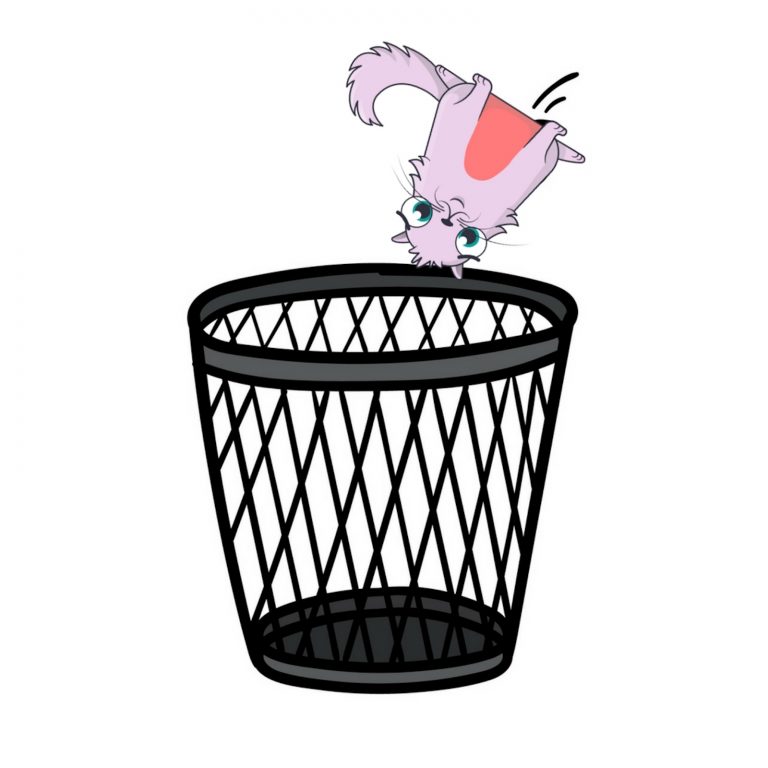Latest news about Bitcoin and all cryptocurrencies. Your daily crypto news habit.

Crypto collectibles are big business right now. Crypto Kitties just raised $12.5 million in venture capital, and lookalike sites are springing up everywhere trying to cash in on the craze for non-fungible digital assets. For all their innovation, these ‘decentralized’ projects have an achilles heel: without a website, the digital assets are worthless, as the collapse of Crypto Celebs and similar platforms shows.
Also read: U.S. Treasury Plans to Add Cryptocurrency Addresses to the SDN List
ERC721 Tokens Are Valuable Until They’re Not
ERC721 is the non-fungible token (NFT) standard used to fuel most of the digital collectible projects currently in the news. They’ve been described as “the next boom” for ethereum after ERC20 tokens, which drove the ICO craze. The ability to claim sole ownership of a digital asset, and to retain it on a wallet you hold the keys for, is pretty cool. But all you really own is a number assigned to your address by a smart contract. The associated element – the thing that gives the NFT its value – relies on a centralized server to host the image, just like the images displayed on this page.
If the blockchain is a football field, the website is the ball. Take away the ball and no one can play. That’s what happened with Crypto Celebrities, a short-lived ethereum trading card game that relied on the “greater fool theory” to bump up the price of the celebs whose pictures were assigned to each ERC721. Crypto All Stars – the same idea applied to Twitter cryptocurrency traders – also died a quick death. The demise of these sites exposes one of the inherent drawbacks to NFTs. If you buy ethereum from a broker such as Coinbase and they later go out of business, your ETH is still worth something. If the same were to happen with Crypto Kitties, all those adorable little cats would effectively cease to exist.
Blockchains Don’t Add Value – People Do
The reason why cryptocurrencies attain value isn’t because they’re on a blockchain: it’s because enough people are willing to accept them as a medium of exchange. Only then do they gain value. People might be willing to play several ETH for an especially cute or rare collectible, but take away the image – i.e the part that adds value – and all that’s left is a unique token nobody wants. In defense of non-fungible tokens, they’re a promising field whose use cases are still being felt out.
Ethmoji allows people to create their own avatar out of composite parts, with creators being paid by smart contract for each piece that’s used such as a face or a hat. Then there’s Decentraland, a virtual world whose land marketplace opened last week. Venture capitalist Barry Silbert has called Decentraland the killer app for VR. Each plot of land can be traded as an NFT, and single squares are changing hands for hundreds or even thousands of dollars. There’s no reason to suspect that Crypto Kitties or Decentraland will be going anywhere. But due to the centralized design of these systems, their ecosystem is reliant upon a single point of failure. If it goes down, the value of even the rarest NFTs becomes zero.
What are your thoughts on projects that involve digital scarcity such as Decentraland? Let us know in the comments section below.
Images courtesy of Shutterstock, Ethmoji, and Crypto Kitties.
Make sure you do not miss any important Bitcoin-related news! Follow our news feed any which way you prefer; via Twitter, Facebook, Telegram, RSS or email (scroll down to the bottom of this page to subscribe). We’ve got daily, weekly and quarterly summaries in newsletter form. Bitcoin never sleeps. Neither do we.
The post Crypto Collectibles Are Worthless Without a Website appeared first on Bitcoin News.
Disclaimer
The views and opinions expressed in this article are solely those of the authors and do not reflect the views of Bitcoin Insider. Every investment and trading move involves risk - this is especially true for cryptocurrencies given their volatility. We strongly advise our readers to conduct their own research when making a decision.

